From our Development
UCS@school 5.0: Established System with a Fresh Look
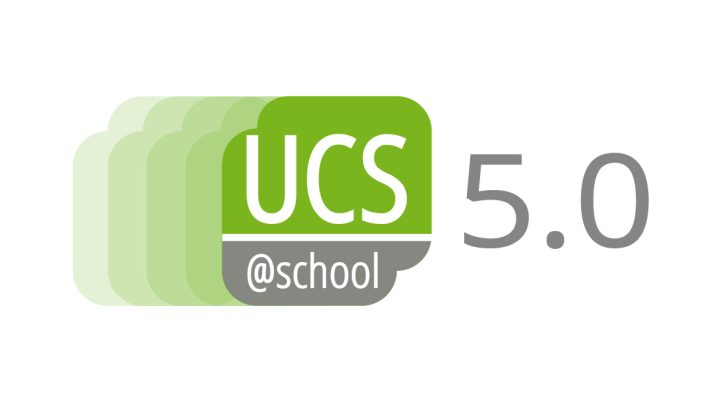
A developer’s work is never done—after we published the fifth major release of Univention Corporate Server in May 2021, we’ve been keeping busy. Of course, we kept looking after our core product UCS, but we’ve also put in lots of hours to release UCS@school for UCS 5.0. In this blog post, I would like to […]
Support for Microsoft Teams in Microsoft 365 Connector App
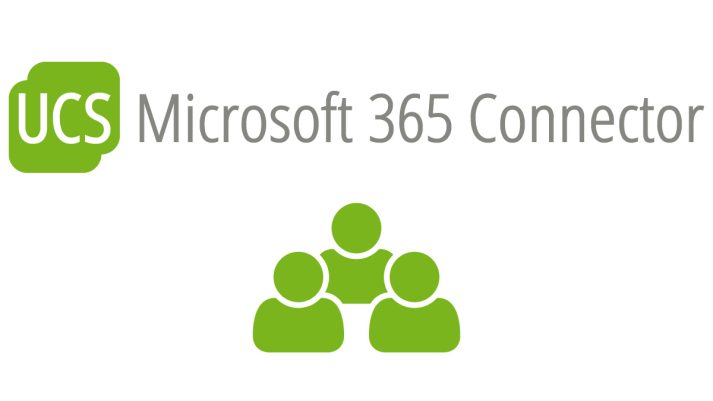
The Microsoft 365 Connector app has been updated to version 4.0 with a great new key feature: the app now supports Microsoft Teams. In a nutshell, administrators of a UCS environment can now activate and deactivate groups for Teams, add and remove individual user accounts, and determine Team owners.
Light Theme for UCS 5
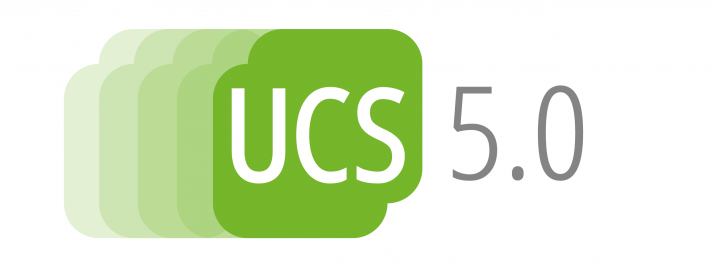
We released UCS 5.0 at the end of May – one of the most important new features of the latest major release: the new design. The dark theme of the UCS interface appears during the installation, in the portal, the Univention Management Console (UMC) and its modules as well as all other web services for […]
New Design and modern Core: Univention Corporate Server 5.0 has been released

The fifth major release of Univention Corporate Server is ready and available for download. UCS 5.0 contains new features, has a fresh look, comes with several improvements and bug fixes. The new version also uses a new core: UCS 5.0 is based on Debian 10 (“Buster”) and Python 3.
Briefly explained: Samba and Active Directory: Central Domain Administration
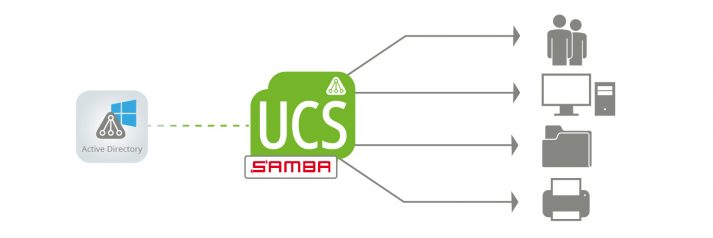
Have you wondered what the specific differences are between Samba and Microsoft Active Directory, what functionality they offer, and what role they play in identity management for Univention Corporate Server?
UCS 4.4-8: Eighth Point Release of UCS 4.4 – Preparation for Upgrade to UCS 5 and Performance Improvements
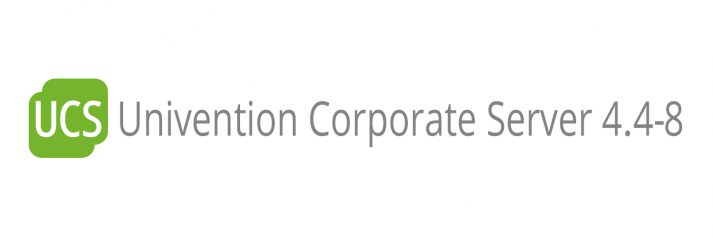
The eighth point release of UCS 4.4 provides preparations for the upgrade to the forthcoming UCS 5.0, performance improvements in large environments, and improvements in the App Center, AD, and S4 Connector. In this article, I would like to present the most important innovations.
UCS 5.0 – first release candidate published

With the first release candidate (RC), we are announcing the finalization phase for the major release of Univention Corporate Server, UCS 5.0. We will be concentrating on stabilizing the features implemented up to this point. Compared to the beta version of UCS 5, which we published in December, we have been able to achieve many […]
UCS 5.0 Beta: Preview of the new generation
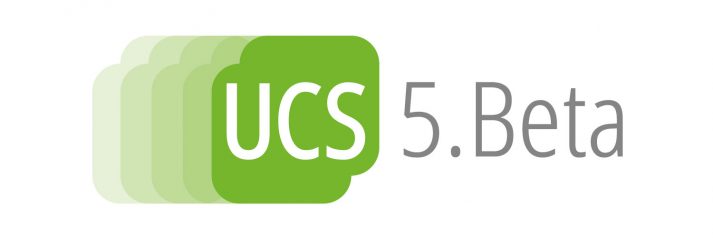
We published the last UCS major release (UCS 4.0) in 2016. With UCS 5.0, we have now decided to go for an extensive update of the technical base and design of UCS. The first beta version of UCS 5.0, which has now been released, provides an initial preview of these updates. While testers are invited […]
UCS 5.0 – Focus instead of feature overkill

The variety of existing Open Source projects makes it easy to add new features to a modular product like UCS. The basic requirements for many things already exist and there are positive experiences with those software projects. At Univention, we pursue the goal of making these functions available to our users. In addition, we want […]
UCS 4.4-7: Seventh Point Release of UCS 4.4
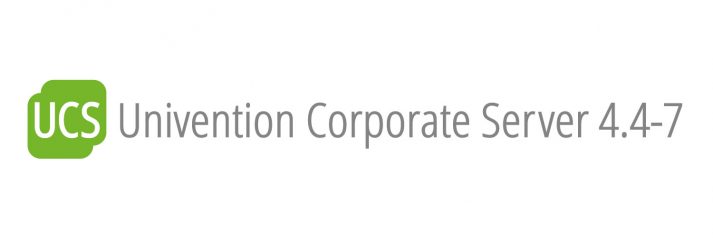
We have just published the seventh point release: UCS 4.4-7 comes with various improvements and some new features, for example in the Self Service app and in the portal. We have also added a new Samba version and worked on the S4 Connector. In this article, I’d like to describe the most important changes.